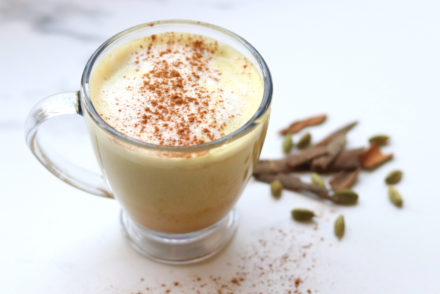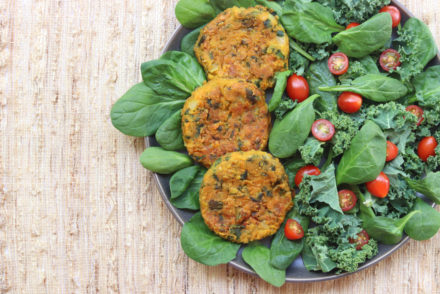What even is milk anymore? Over the past few years non-dairy milk has taken over the shelves of grocery stores. We’re at the point where the dairy industry wants “milk” defined because they’re feeling the threat of serious competition.
The general opinion around milk now is that cow’s milk is bad for you and non-dairy milk is the way to go (yay for the lactose intolerant!). The biggest mistake you can make is buying into the message and mindlessly grabbing the alternatives without getting into the nitty-gritty. By default you have to be skeptical about what a company is selling to you, because as natural and healthy their commercials make a product seem, at the end of the day it’s about the dollar signs for them.
I’ve made a quick list of points that make-up my perspective on the topic, and my personal approach to milk consumption.
- The reality about cow’s milk is that it does naturally provide key nutrients; the two main being calcium and protein (it’s fortified with vitamin D, so we’ll leave that one alone). The issue here is that with these natural nutrients come high amounts of fat and sugar content per serving, which to me is not worth it. Is skim milk or low-fat milk a viable replacement? The way I see it is that it’s just watered down whole milk, so then more things needed to be added back and it just becomes unnatural. The more processed something is, the farther you want to stay away. For these reasons, I avoid dairy milk.
- The common non-dairy milk alternatives are almond milk, soy milk, coconut milk, cashew milk, rice milk, and hemp milk. My problem with these products is that they are processed and also have crazy additives. Some common additives include: carrageenan, gellan gum, xanthan gum, and soy lecithin (not to mention added sugars). I cannot convince myself to buy any of them even for the sake of convenience.
- I’ve fallen victim to soy milk in the past. When I first stopped drinking dairy milk, soy milk was the most popular thing on the market, so I figured it was a good option and would provide some protein. I eventually stopped drinking it because the cons outweigh the pros. Soy in general is a hot topic because it’s genetically modified. It also messed with my hormones. Soy increases your estrogen levels which can cause serious health issues down the line. On top of that, it tastes pretty gross. If you’re going to avoid any milk, I’d recommend staying away from soy milk.
- It’s important to note that most non-dairy milks don’t naturally provide the high levels of protein and calcium that dairy milk does, but those nutrients can easily be gained from other foods or supplements.
- With anything like almond or cashew milk…let’s put the chemical additives aside for now. Companies are trying to keep costs low and profit margins high, so there’s no way they’re putting a substantial amount of, let’s say, almonds in a half gallon carton. So what you’re probably getting is a lot of water with a bit of almond and a bunch of additives that have been strategically labeled to manipulate.
- For example in store-bought almond milk, the first ingredient is “Almondmilk (Filtered water, Almonds).” What that means? Who knows! You’ll never know how many almonds they actually have in there.
- My solution? I make my own. Out of all the non-dairy milk types, I prefer almond milk. I know exactly what I put in there and how much of it. You can probably pull off making your own cashew milk or coconut milk as well (next on my to-do list).




